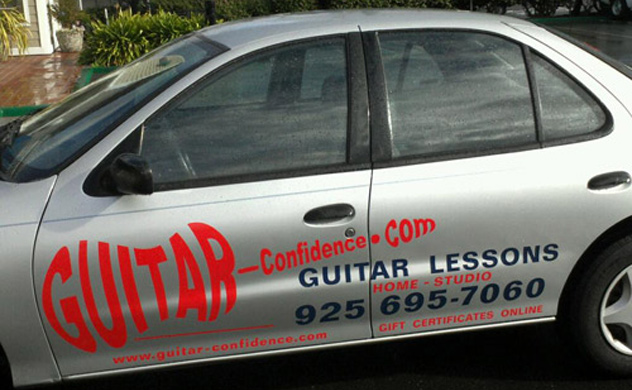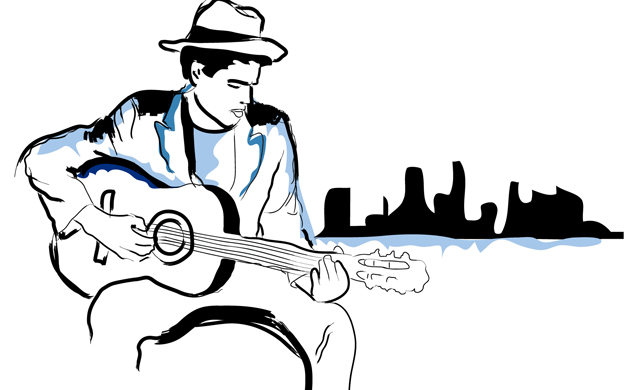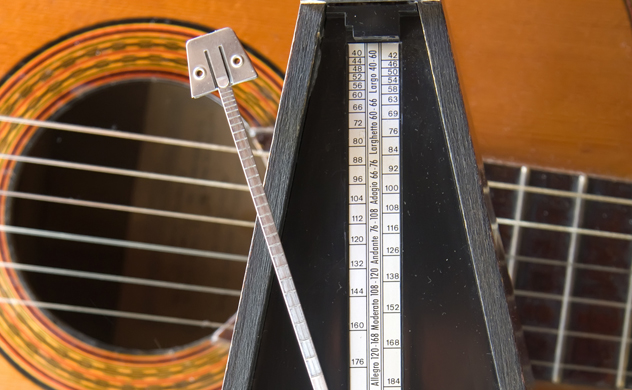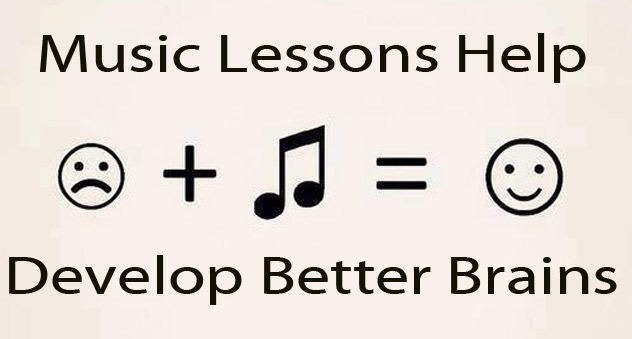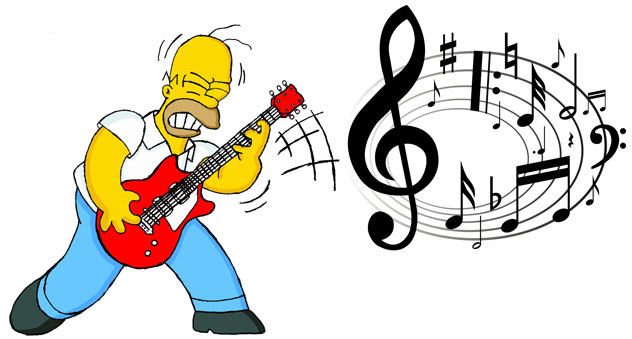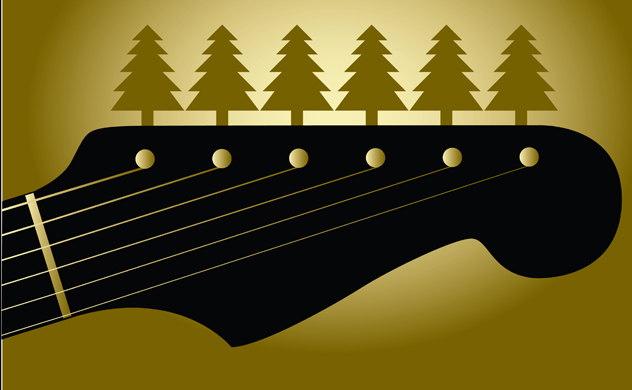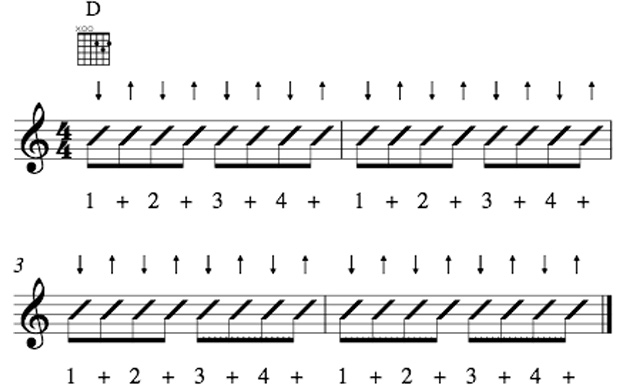
Rehearsing Your Band – Timing – Rhythm vs. Tempo
As I travel all over East Bay teaching guitar lessons and performing gigs I find that a lot of musicians, guitarist or instrumentalists are not well prepared for their performance or even guitar lesson. Often, I hear, “That’s not what I want, but I don’t how to explain what I mean.” How many times has that happened at band practice?
Check out:
Lack of communication can result from lack of agreement on terminology. People confuse tempo with rhythm. Tempo is the speed of travel, or beats per minute. Rhythm is the subdivision of each beat. There is a primary and secondary division of each beat. Here is a great link on Rhythm Tips.
The division of the beat defines the feel of the song. It will make it Rock or Swing. Rock is a straight eighth note feel. Swing is a triplet feel. When counting off a song, it should be counted at the speed at which the song is to be played. It’s not count down to blast off.
Often times you will see band members bobbing their heads in unison to make sure the tempo is in agreement. This is important to getting off to a good start. Even though it is a drummers job to keep track of tempos, and to keep even time, it is the responsibility of everybody to be aware of it. Rehearsal is when two or more people, or the whole band, get together to work on a song. Practice is when you work on things alone.
Come to a rehearsal prepared, and ready to work together. Defer to the band leader or musical director. Don’t take suggestions or criticisms personally. Being easy to get along with doesn’t mean you can’t have a point of view, but be respectful of everybody’s time.
Sometimes a song will have pick-up notes, or a lead in to the first beat of the first measure. When that is the case, count a full measure prior to the counts before the lead in. The lead in doesn’t always come in on one. Be aware of where the lead in is in relation to the count.
Remember, the count should be at the speed the song is to be played. That is the whole point of the count.

